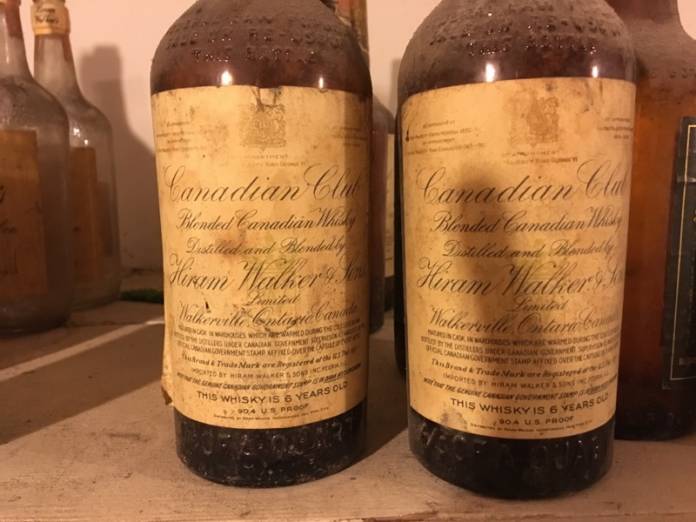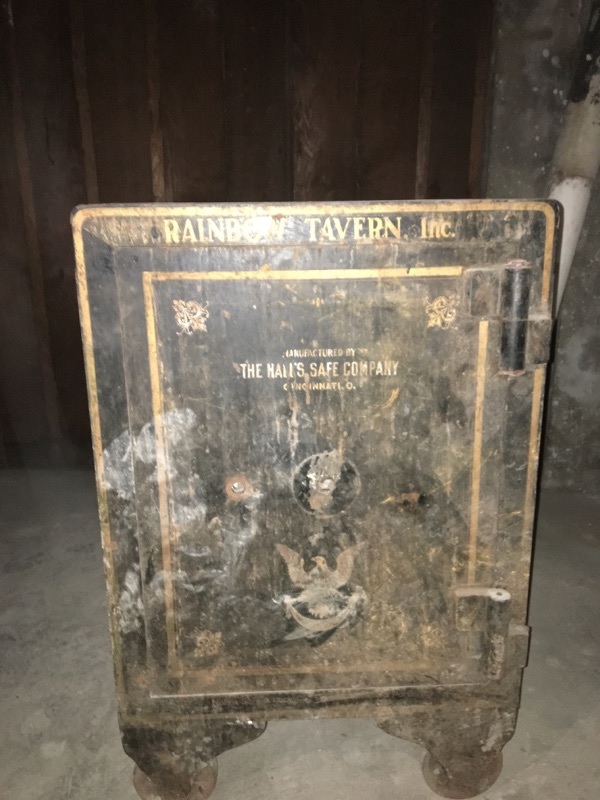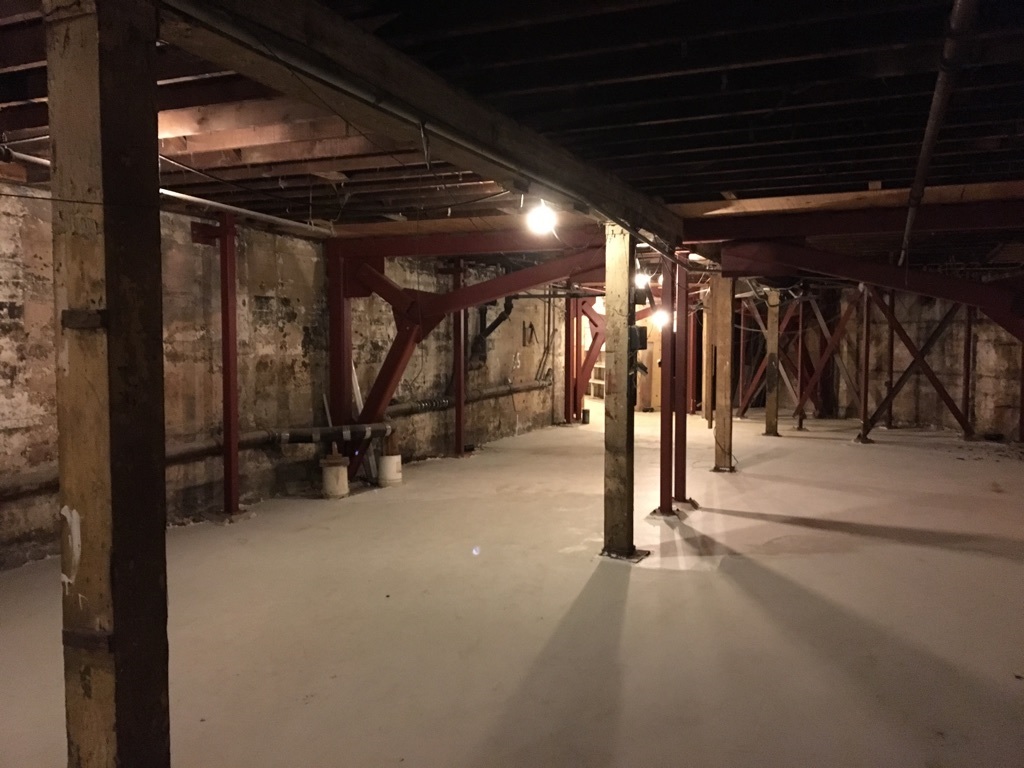
The Planning Commission will consider Thursday/17 a large hotel and housing project in the Tenderloin that would create 242 new market-rate housing units and 232 hotel rooms – on the edge of where LGBT activists want to create a historic district recognizing the role of trans people in the neighborhood.
Among the buildings that would be impacted include the site of Compton’s Cafeteria, often known as the Stonewall of the West, where drag queens rioted against police harassment three years before the Stonewall uprising that is now considered a pivotal moment in LGBT history.That’s across the street from the massive project.

The Obama administration has designated the area around the Stonewall Inn as a national historic monument.
Community activists want a similar four-block region in the Tenderloin designated a historic district, and have begun the process of filing paperwork for federal recognition.
In the meantime, the project is moving forward. The commission will consider several measures that would allow it to proceed – and LGBT preservationists are asking for a 60-to-90-day continuance to evaluate the historic quality of the buildings that are going to be torn down.

Among the stunning information that has just come to light: The bars, opened in the 1930s and ’40s in that strip – including the Old Crow, the Silver Rail, the Pirates Den, and the College Inn – were connected by a series of tunnels to help patrons escape police raids.
And those tunnels are still intact. They would be destroyed by the new project.
“We aren’t against the project, we just want a little bit of time to evaluate these historic resources,” Nate Allbee, who is working with the community groups asking for a continuance, told me.

The project would take up 25 percent of the area that the LGBT activists are trying to designate as an historic district. “It is critical that LGBTQ voices, especially those of us living in the Tenderloin, are leading the discussions on what happens in this culturally sensitive district,” a letter to the Planning Commission signed by six current or former elected officials and a long list of community groups and activists, notes.
“The entire intersection of Market, Mason, and Turk was an important hustling and cruising site where gay men went to socialize in an era when our existence was illegal,” the letter states. “These sites are connected by an intact underground tunnel system that patrons used to escape police raids and to avoid the loss of employment, family, and housing that were risked in those days by homosexual association.”

The tunnels: This is a huge find, and I can’t believe anyone is seriously talking about demolishing them. There is so much history there – including bottles of liquor left over from the Prohibition Era, and a safe that belonged to one of the clubs – and this whole amazing infrastructure that allowed gay men to slip from bar to bar and avoid arrest.
Until I heard about this at the Milk Club meeting Tuesday night, I had no idea the tunnels existed.
Nobody has access to the tunnels, which is crazy.
So the Planning Commission has to decide: Is this a historic resource that deserves protection? Is it at least worth waiting a couple of months so we can all figure that out. The meeting starts at noon, in Room 400 City Hall.


No, get rid of them or turn them into parking lots.
amazing research!
there is some truth to that…
It’s no big surprise that Randy Shaw is at the forefront of the push to build this building. I think it would be very informative to find out what his financial interest is. He seems to really push for the gentrification of the Tenderloin,
This story is a hoax and should be taken down. Tim got fooled.
A quick Google search of the name on that safe (“rainbow tavern inc” san francisco) brought up law citations from March 20, 1935 with the following information: “Villard Wilmont Sloan, doing business under the name and style of “Pirates Cave”, and to the Rainbow Tavern, Inc., a corporation.” and your article does mention a “Pirates Den”… so maybe it was actually Cave and not Den! But that certainly leads us to something AFTER prohibition. I also found some photos on ancestry.com for Villard Willmont “Checks” Sloan! A little more searching and found this: https://www.flickr.com/photos/41606952@N07/17379332334 CHECKS SLOAN’S PIRATES CAVE 972 MARKET! So that safe door is certainly history!
Patrons of Gay bars had other reason to escape during raids, wouldn’t you say? You’re assuming the authorities found the alleged tunnels or where the route went to.
I have trouble believing tunnels constructed for bars that “opened in the 1930s and ’40s” would have left-over bottles from Prohibition when Prohibition lasted from 1920 to 1933. The bars would have to have all opened and the tunnels completed by 1933 and I don’t understand why one would go to the expense of building a tunnel in 1932 when, by that time, the repeal of Prohibition was a near certainty. Moreover, the tunnels aren’t hidden or secreted, so, once the police raided the bar, they’d know about the tunnels, making them rather useless for an escape in future raids. I also don’t know of any contemporaneous accounts of the raids where any patron mentions escaping by tunnel.
These tunnels were almost certainly created for storage and have been maintained for such.
Tunnels appear to be non-existent… http://sanfrancisco.cbslocal.com/2016/11/17/tales-of-tunnels-under-former-san-francisco-gay-bars-could-delay-development/
This is not a new “find”–look at the construction. This is not WWII era construction–it is MUCH more recent. Where do these “tunnels” lead to? They seem more like storage areas than tunnels. It’s just more of the same old SF “no new housing ever” / “why is housing so expensive” dichotomy.
http://sf.curbed.com/2016/11/18/13677696/gay-tunnel-found-tenderloin-myth
For years I worked in one of the buildings to be demolished, and I was not aware of these tunnels. Do they exist? http://sanfrancisco.cbslocal.com/2016/11/17/tales-of-tunnels-under-former-san-francisco-gay-bars-could-delay-development/
I like that these tunnels are being recognized for their historical significance to the LGBT community, but they weren’t a secret. The Chronicle mentioned the tunnels in an article back in 2000.
That is correct, compton’s site is across the street.. Still impacted but not demolished. I made an error and it is now corrected. There has been much discussion about various aspects of the project but the tunnels are new.
Your story is incorrect. The site of the Compton’s Cafeteria riot would not be demolished. It is at 101 Taylor St, across the street from the new development.